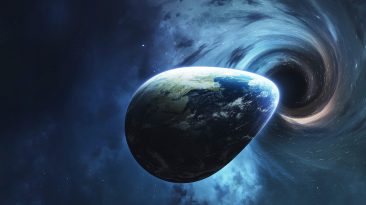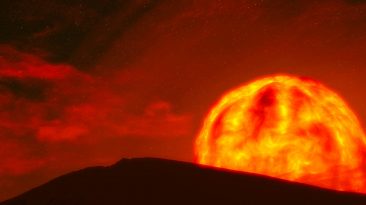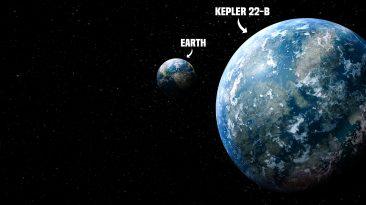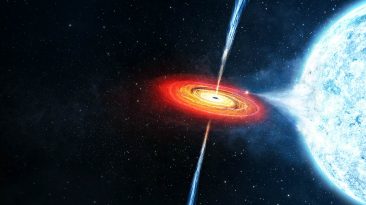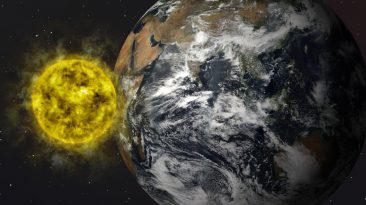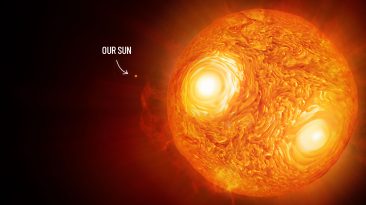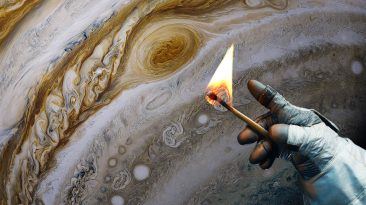The Moon has been Earth’s constant companion for billions of years, shaping tides, lighting the night, and inspiring countless stories. But what if our Moon had a companion of its own, a smaller moon orbiting around it?
Scientists call this hypothetical object a “submoon” or “moonmoon,” and while it might sound like pure science fiction, it is a scenario worth exploring. Here are six things that could happen if a tiny moon joined the Moon in its orbit.
1. It Would Probably Be Captured, Not Created
Our Moon likely formed about 4.5 billion years ago after a Mars sized planet called Theia collided with Earth, sending debris into space that eventually merged into the Moon. A moonmoon, however, would almost certainly arrive by a different route.
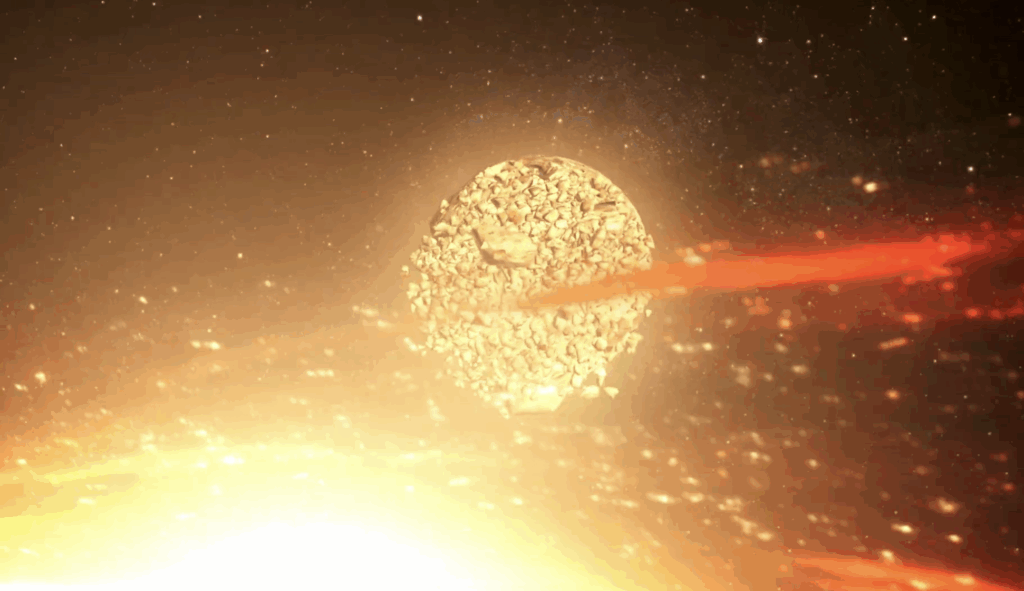
Instead of forming from a massive impact, it could be a small asteroid or icy body drifting through space that gets caught in the Moon’s gravitational pull. This process, called gravitational capture, has happened before in our Solar System. For example, Neptune’s moon Triton is believed to have been captured from the Kuiper Belt.
2. It Would Need to Be Tiny to Survive
For a moonmoon to maintain a stable orbit around the Moon, it would have to be surprisingly small, no more than about 1 kilometer or 0.6 miles in diameter. Anything bigger would risk disrupting the Moon’s orbit around Earth or getting pulled away entirely by our planet’s stronger gravity. It would also need just the right speed and trajectory to avoid crashing into the Moon during its capture. Think of it as a cosmic balancing act where everything has to be just right for the little moon to survive.
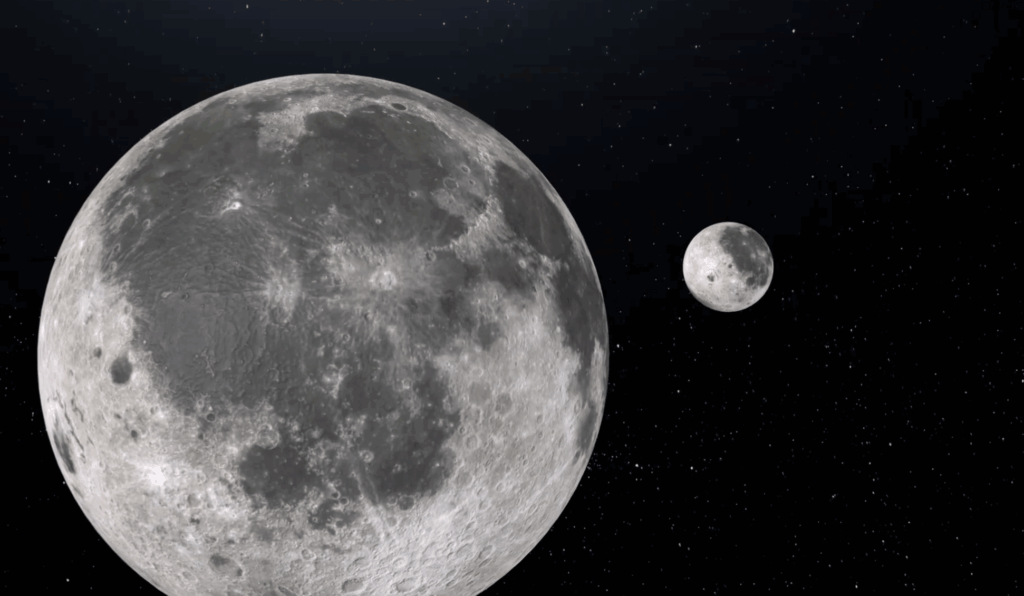
3. Its Orbit Would Not Last Long
Even if a moonmoon managed to get captured, it would not be a permanent fixture in our sky. The combined tidal forces from Earth and the Moon would constantly tug at it, making its orbit unstable. Over the course of a few years or decades, it would likely be pulled out of orbit and sent drifting into space or slam directly into the Moon. In other words, the lifespan of a moonmoon would be fleeting on astronomical timescales.
4. It Would Become a Cultural and Scientific Sensation
A small moon orbiting the Moon would be an astronomical event unlike anything we have seen before, and it would spark huge interest from both the public and scientists. Telescopes around the world would track its every move, studying how its orbit changes over time.

The data collected could help scientists better understand gravitational interactions between celestial bodies. Meanwhile, for everyday stargazers, it would be a fascinating new sight in the night sky, inspiring fresh myths, art, and yes, plenty of conspiracy theories.
5. It Could Eventually Crash Into Earth
If the moonmoon’s orbit decayed in just the wrong way, there is a chance it could break free from the Moon’s gravity and fall toward Earth. In this case, it would act just like an asteroid, entering our atmosphere at incredible speeds, around 72,000 kilometers per hour or 43,000 miles per hour.

The heat from atmospheric friction would likely cause it to break apart before impact, but if it stayed intact, it could release the energy of thousands of megatons of TNT, enough to devastate a city.
6. Or It Might Drift Back Into Space
Not every moonmoon scenario ends in a fiery impact. It is equally possible that the object could be flung away from the Moon entirely, returning to a solitary path through the Solar System. If that happened, its brief existence as a moon of a moon would become a rare, recorded chapter in astronomical history.
For those lucky enough to witness it, it would be a reminder that even in our familiar corner of the cosmos, there is always the potential for something new and extraordinary.
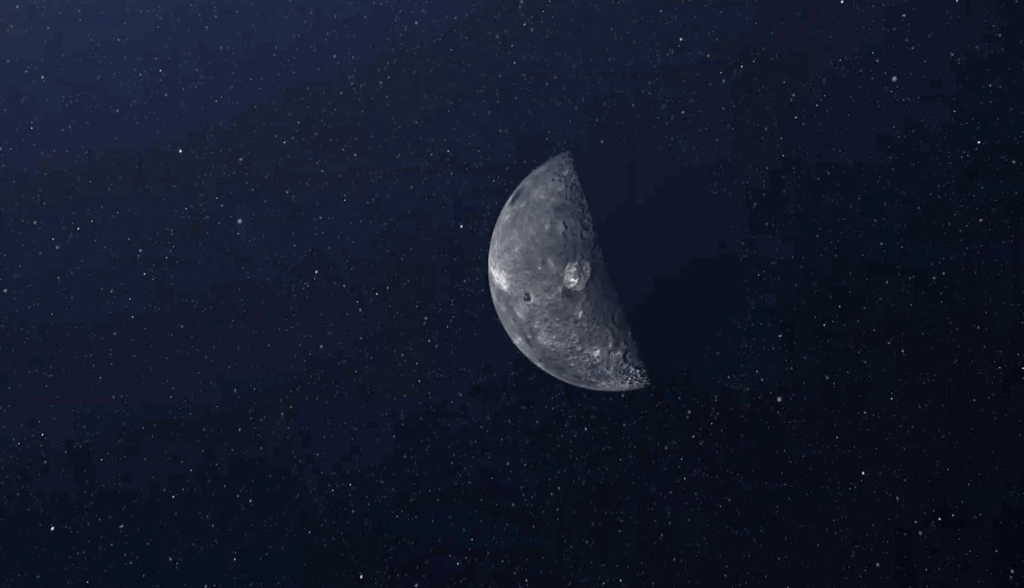
A moonmoon may only ever exist in theory, but imagining one reveals just how delicate and dynamic the balance of gravity is in space. Whether it would be a passing visitor or a short lived companion, it is an idea that turns our gaze upward and reminds us that even our Moon might one day have a moon of its own.













